Soybean Checkoff Research
Homepage Slider
Research Projects
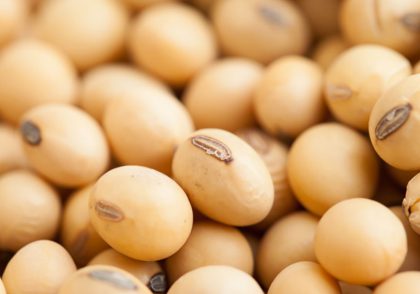
International Soybean Export Success, Record Crops and Record Exports
“Rather than being something we had to fight against, we have latched on to sustainability and see it as a real marketing advantage for U.S. soy.” – Jim Sutter, CEO, U.S. Soybean Export Council
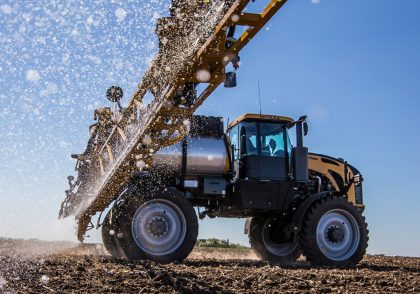
EPA Removes Ohio’s Enlist Herbicide Restrictions
“The use of these products — with the existing label requirements in place to mitigate spray drift and pesticide runoff—will not likely jeopardize the American Burying Beetle or other listed species and their critical habitats in these counties.” – U.S. EPA
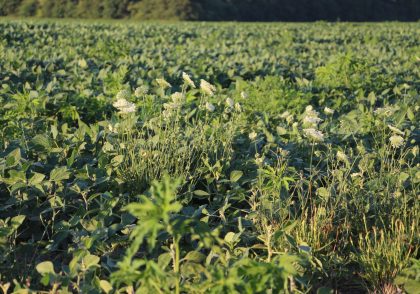
New Herbicides
Each year, farmers lose about $33 billion dollars in crop losses due to weeds.

US farmers expect to plant more soybeans and less corn acreage
The United States intend to plant a record high 91.0 million acres of soybeans in 2022, up 4% from last year.
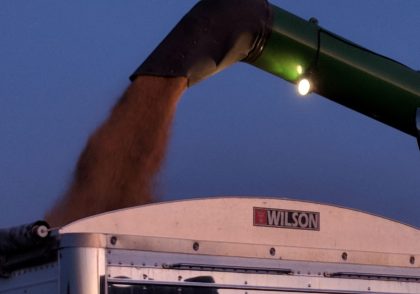
USB Adding Value to Your Soybean Checkoff
“We take checkoff dollars to create value for the U.S. soybean and we invest that in research, education and, of course, promotion.” Steve Reinhard, United Soybean Board treasurer and board member, Crawford County farmer.
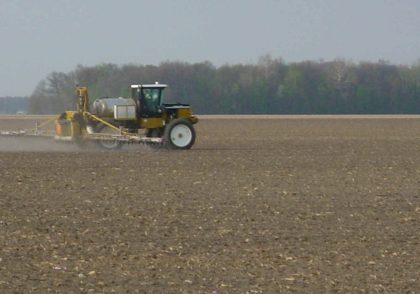
Using Technology to Reduce Off-Target Pesticide Movement
The development and use of pulse width modulation (PWM) technology allows for a consistent droplet size to be applied, regardless of changes in ground speed and boom pressure.

Reducing off-target pesticide movement.
Always keep this in mind: a nozzle operated at a lower pressure will always provide relatively larger droplets that are less prone to drift.
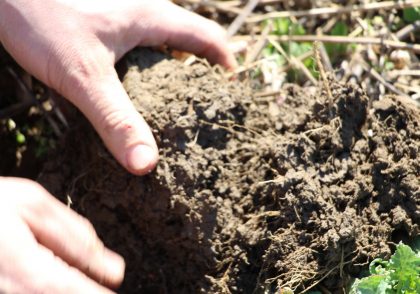
Soil Health Indicators
The Natural Resource Conservation Service suggests evaluating these seven soil health indicators.
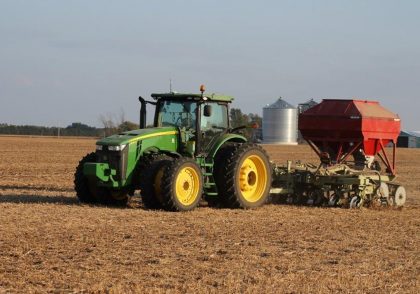
Ohio Agriculture Conservation Initiative Assessment Survey Report reveals conservation progress
“Our assessment survey shows us that farmers in the Lower Maumee Watershed are taking conservation practices and their stewardship of the land seriously,” said Kris Swartz, farmer and Chair, Ohio Agriculture Conservation Initiative.